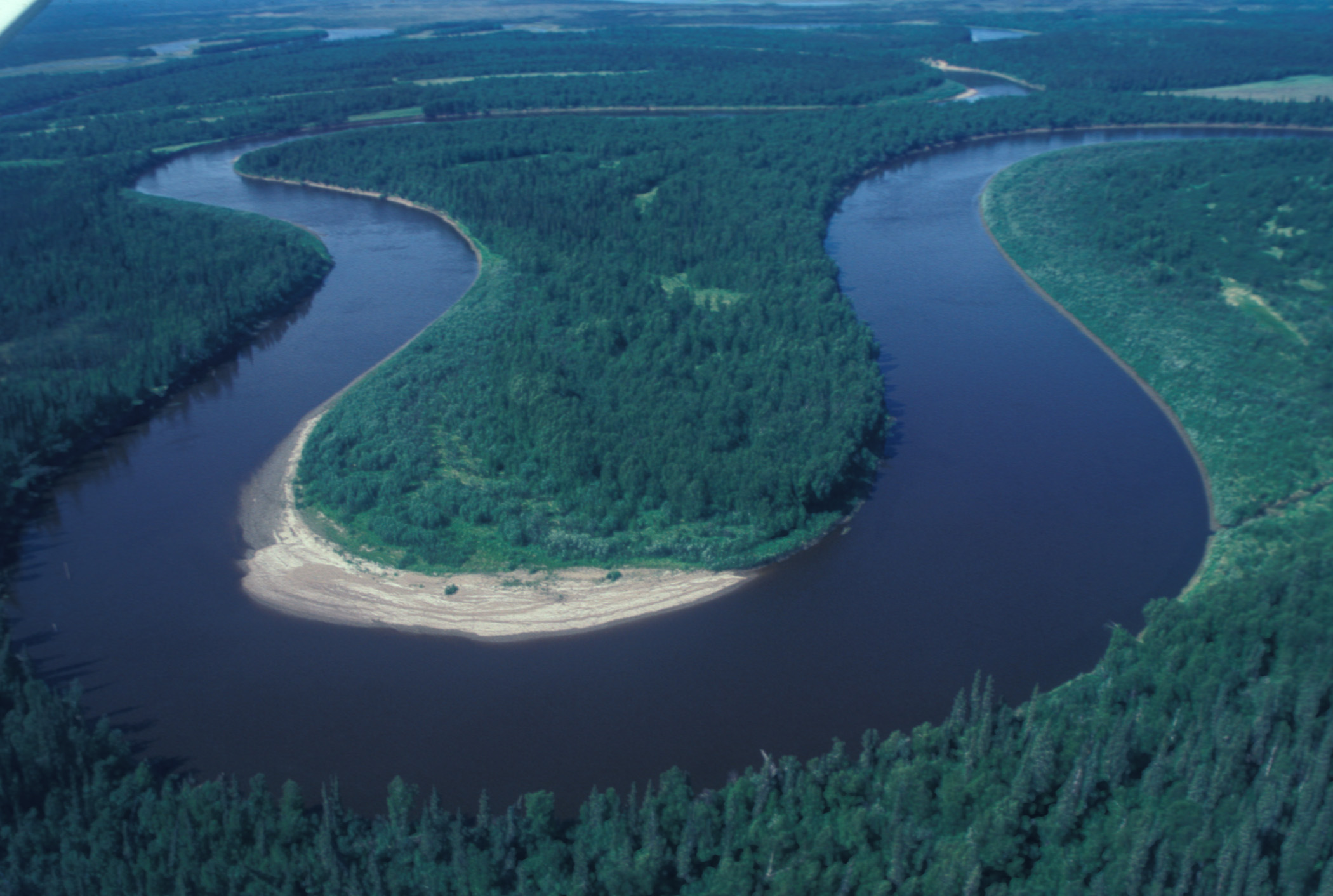

"The first city one comes to after Ephesos is Magnesia, which is an Aiolian city. The new town which Strabo saw was remarkable for its temple of Artemis Leucophryene ( Ancient Greek: Ἄρτεμις Λευκοφρυηνή), which in size and the number of its treasures was surpassed by the temple of Ephesus, but in beauty and the harmony of its parts was superior to all the temples in Asia Minor: The change in the site of the town alluded to by Strabo, is not noticed by other contemporary authors, however some suggest that Magnesia was moved from the banks of the Meander to a place at the foot of Mount Thorax three miles from the river. Strabo later noted the temple no longer existed, the town having been transferred to another place. The existence of the town in the time of the emperors Aurelius and Gallienus is attested to by coins.Ī great quadrennial festival called the Leucophryna (Λευκόφρυνα) was held in the city and people from all over the Greek world gathered there. Hierocles ranks it among the bishoprics of the province of Asia, and later documents seem to imply that at one time it bore the name of Maeandropolis. After this time the town seems to have declined and is rarely mentioned, though it is still noticed by Pliny and Tacitus. In the time of the Romans, Magnesia was added to the kingdom of Pergamon, after Antiochus had been driven eastward beyond Mount Taurus. The word " magnet" possibly derives from lodestones found around Magnesia ad Sipylum, a neighbouring city with a similar name. In the fifth century BC, the exiled Athenian Themistocles came to Persia to offer his services to Artaxerxes, and was given control of Magnesia to support his family. The great amphitheater at Magnesia, the best-preserved in the Anatolian region. The Persian satraps of Lydia also occasionally resided in the place. The deserted site was soon reoccupied, and rebuilt by the Milesians or, according to Athenaeus, by the Ephesians. However, the city was taken and destroyed by the Cimmerians sometime between 726 BC and 660 BC. Magnesia soon attained great power and prosperity, so as to be able to cope even with a challenge from Ephesus. In later years, Magnesia supported the Romans during the Second Mithridatic War. Magnesia may have been ruled for a time by the Lydians, and was for some time under the control of the Persians and subject to Cimmerian raids. Magnesia lay within Ionia, but because it had been settled by Aeolians from Greece, was not accepted into the Ionian League. The ruins of the city are located west of the modern village Tekin in the Germencik district of Aydın Province, Turkey. It was 15 miles from the city of Miletus. It was built on the slope of Mount Thorax, on the banks of the small river Lethacus, a tributary of the Maeander river upstream from Ephesus.

The territory around Magnesia was extremely fertile, and produced excellent wine, figs, and cucumbers. It was earlier the site of Leucophrys mentioned by several ancient writers. It was later called "on the Meander" to distinguish it from the nearby Lydian city Magnesia ad Sipylum. The city was named Magnesia, after the Magnetes from Thessaly who settled the area along with some Cretans. Magnesia or Magnesia on the Maeander ( Ancient Greek: Μαγνησία ἡ πρὸς Μαιάνδρῳ or Μαγνησία ἡ ἐπὶ Μαιάνδρῳ Latin: Magnesia ad Maeandrum) was an ancient Greek city in Ionia, considerable in size, at an important location commercially and strategically in the triangle of Priene, Ephesus and Tralles.


 0 kommentar(er)
0 kommentar(er)
